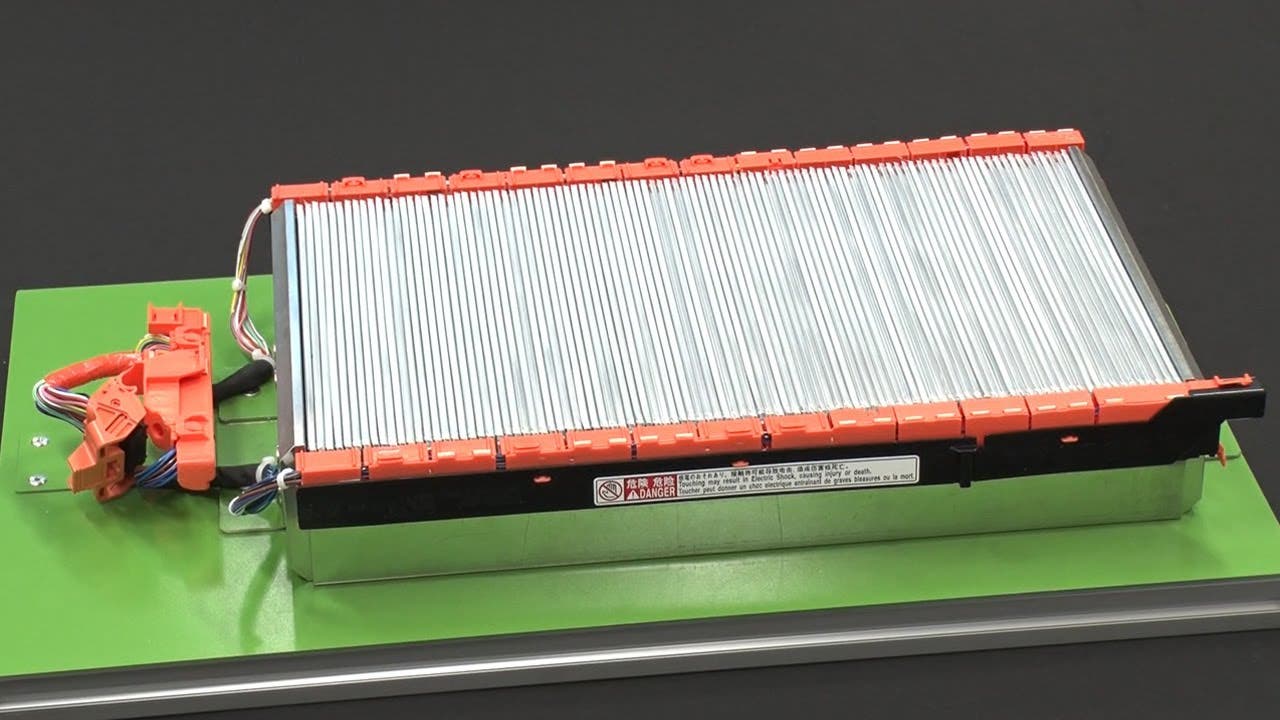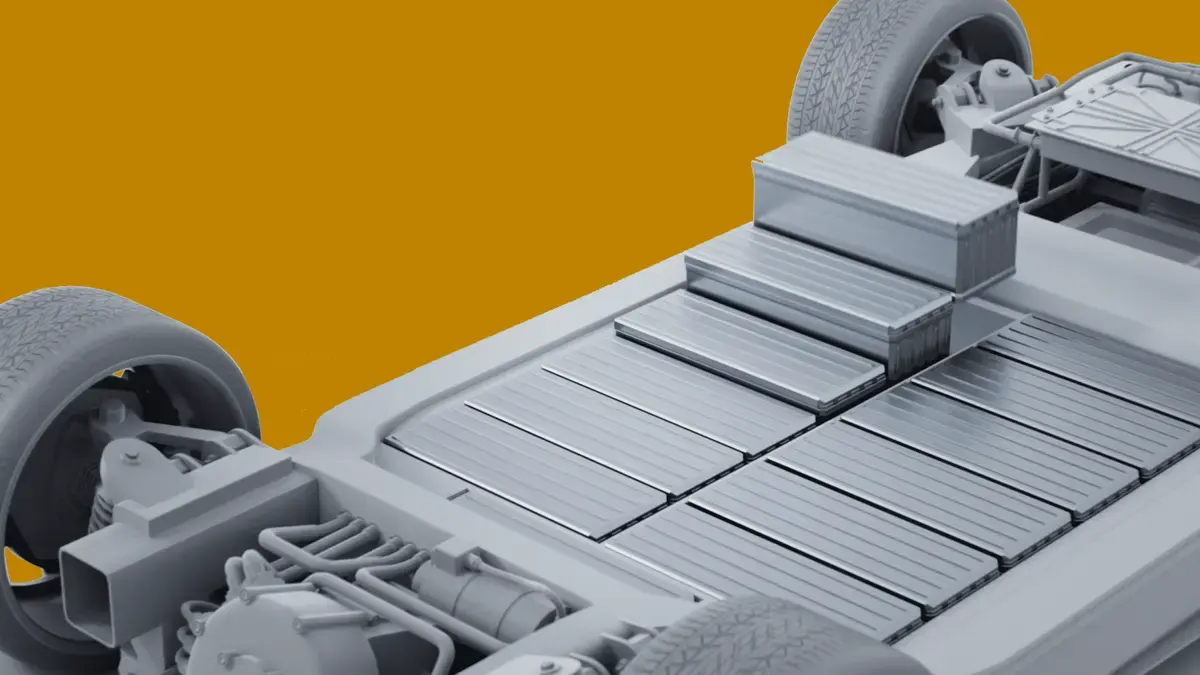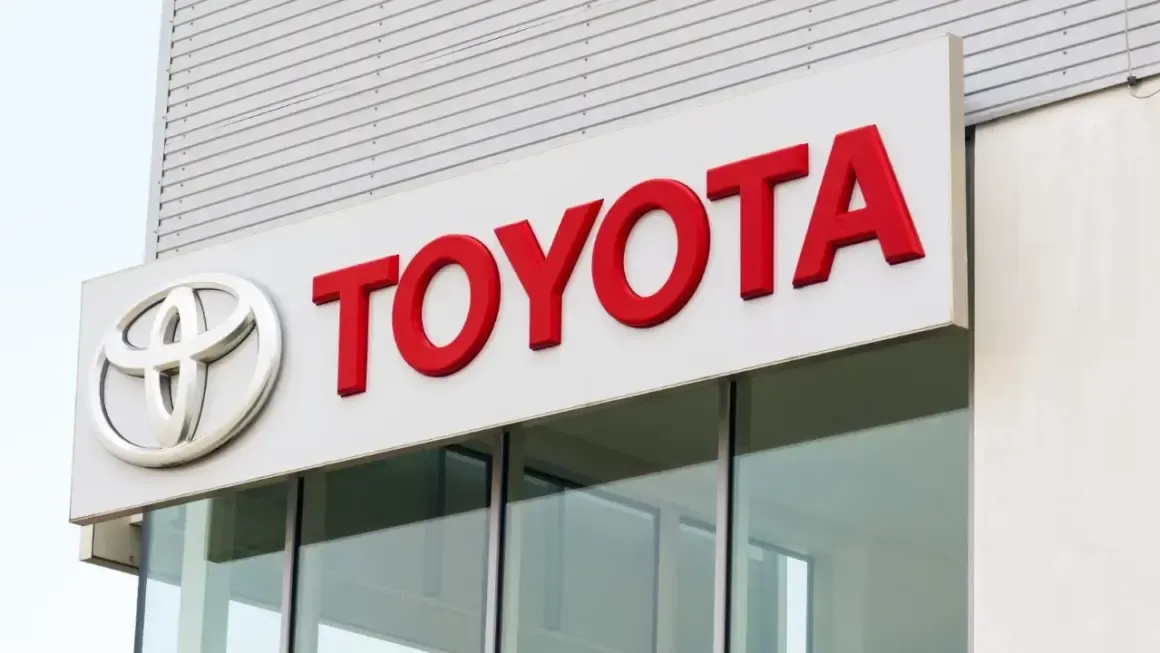Toyota has always been known for its cautious, calculated approach, a company that prefers to perfect technology rather than rush to market. But behind this conservative facade, the Japanese giant is quietly preparing what could become one of the biggest breakthroughs in automotive history: solid-state batteries. And not the half-baked “semi-solid” versions some competitors are already testing, but true solid-electrolyte batteries, the real deal.
Reports suggest that Toyota plans to begin mass production by 2027 or 2028, positioning itself not just as a latecomer, but as a trailblazer in the EV world. To achieve this, Toyota has strengthened its partnership with Sumitomo Metal Mining, a long-established Japanese company specializing in raw materials and metal processing. The two firms have been collaborating since 2021, though the partnership had, until recently, focused mainly on research.

The main obstacle? Cathode material degradation caused by repeated charge and discharge cycles. Now, thanks to its proprietary powder synthesis technology, Sumitomo claims to have cracked the code, developing a cathode material durable enough for large-scale battery production. The goal is move from the lab to mass manufacturing and supply Toyota with the key materials for the next generation of electric vehicles.
Sumitomo brings over two decades of experience in EV battery materials to the table, but the potential impact here is on another level. Solid-state batteries, composed of a cathode, an anode, and a solid electrolyte, promise greater energy density, longer driving range, faster charging, and enhanced safety compared to today’s liquid-electrolyte lithium-ion cells. They could eliminate most of the headaches that still haunt electric mobility, from range anxiety to long charging times and overheating risks.

If Toyota manages to deliver on its schedule, we might soon witness a genuine shift in the electric landscape. And in a poetic twist of fate, the company that once revolutionized hybrids could soon spark the next great electric revolution.
